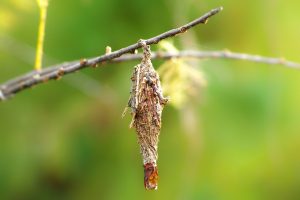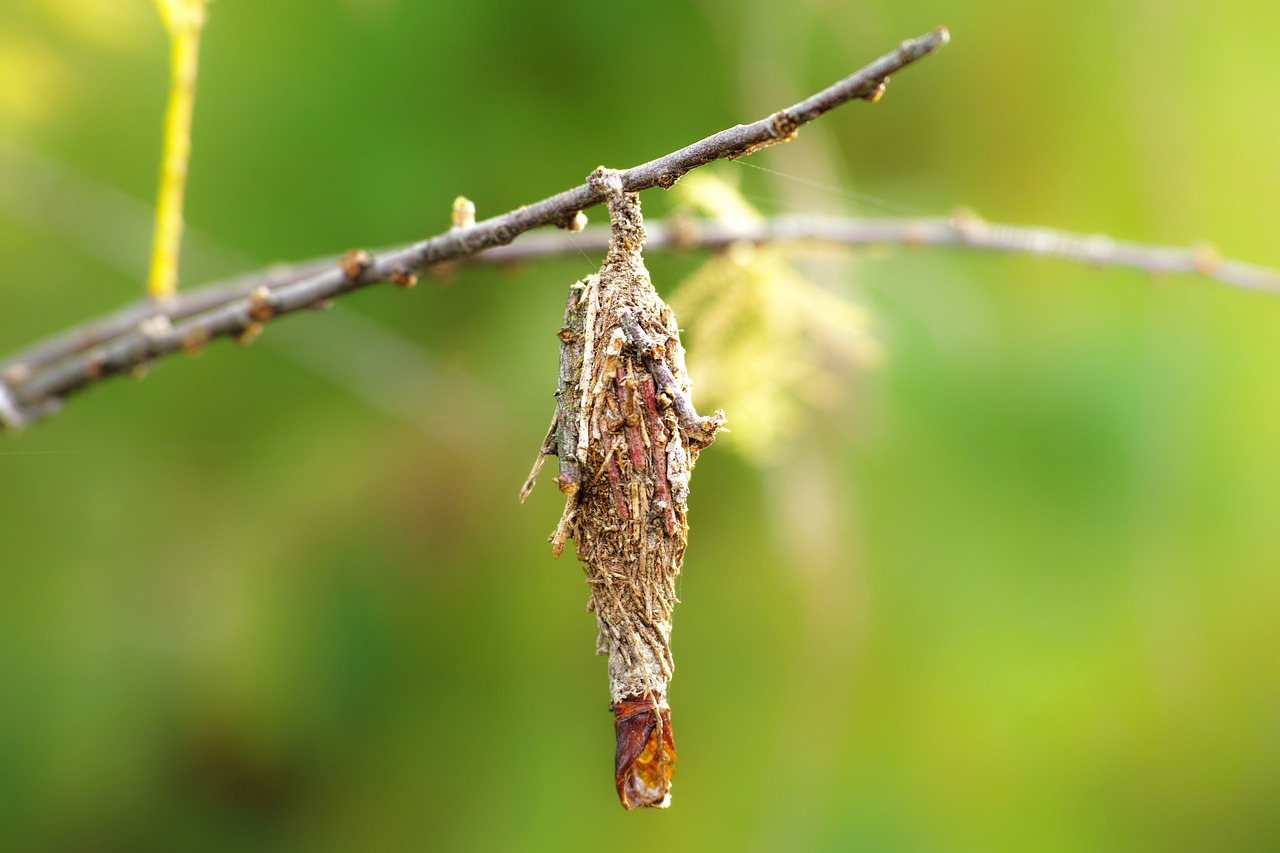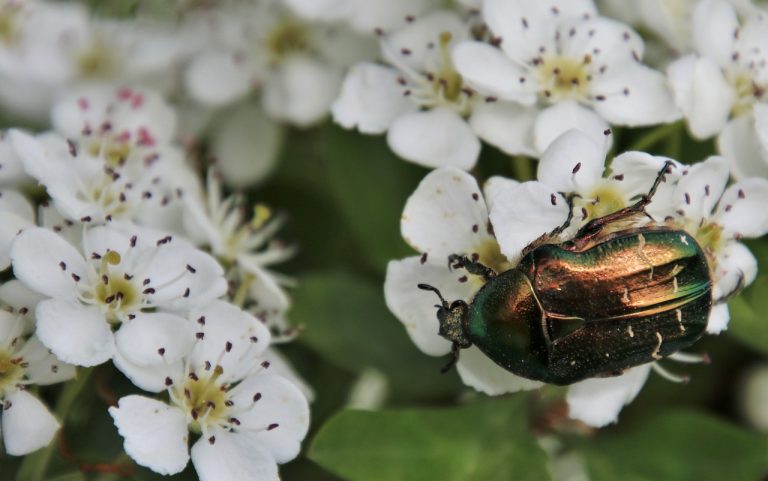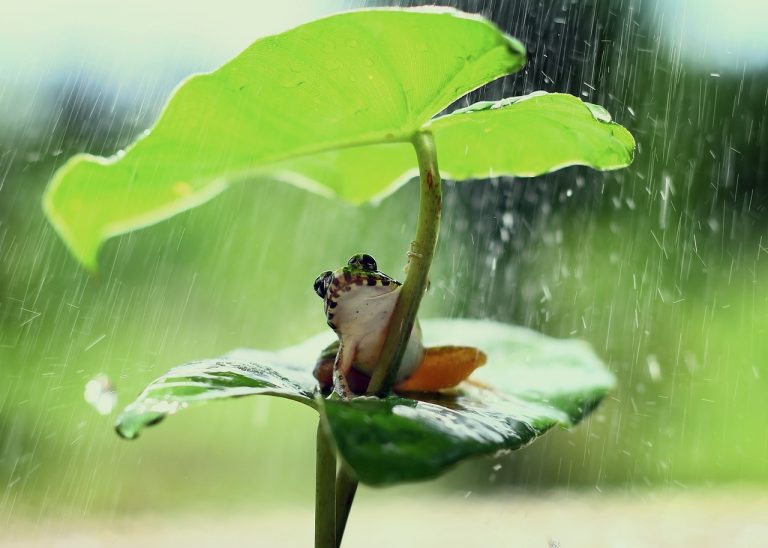HOW TO GET RID OF BAGWORMS (3 Amazing Tips)
Bagworms, scientifically known as Thyridopteryx ephemeraeformis, are moth larvae notorious for their bag-like protective cases made from silk and plant material. Found in various regions, these insects can cause severe damage to a wide range of plants, including evergreens, deciduous trees, and shrubs.

HOW TO GET RID OF BAGWORMS?
Unleash the power of natural predators like birds and insects to swiftly eliminate Bagworms infesting your garden. Opt for organic remedies, such as neem oil and Bacillus thuringiensis (Bt), for effective and eco-friendly control.
Bagworms wreak havoc on your garden, causing foliage devastation. To eliminate these pests effectively, start by identifying their spindle-shaped bags camouflaged with leaves. Employ natural predators like birds and parasitic wasps, or opt for insecticides during the early larval stage. Embrace proactive measures, such as regular inspections and organic remedies like neem oil, for a Bagworm-free garden. Get ready to bid farewell to these persistent intruders and restore your green oasis.
IDENTIFYING BAGWORM INFESTATION
APPEARANCE AND CHARACTERISTICS
Bagworms are easily recognizable by their spindle-shaped bags, which can reach up to two inches in length. These bags, camouflaged with bits of leaves and bark, serve as both protection and a hiding spot for the caterpillar.
SIGNS OF BAGWORM PRESENCE
Keep an eye out for defoliation, especially during the summer months. If you notice small, cone-shaped bags hanging from branches, it’s a clear indication of Bagworm presence.
UNDERSTANDING THE LIFE CYCLE
Bagworms undergo a fascinating life cycle comprising four stages: egg, larva, pupa, and adult.
EGG STAGE
Bagworm eggs typically overwinter within the protective bags, ensuring the next generation is ready to hatch in spring.
LARVAL STAGE
The larval stage is the most damaging, as Bagworms actively feed on plants during this period.
PUPAL STAGE
In the pupal stage, the Bagworm transforms inside its protective cocoon, preparing for adulthood.
ADULT STAGE
Adult Bagworms, resembling small moths, emerge from their bags, mate, and lay eggs to continue the cycle.
EFFECTS OF BAGWORM INFESTATION
Bagworm infestation transcends mere aesthetics, unleashing profound havoc on your cherished plants and trees. These voracious pests, with an insatiable appetite for foliage, pose a substantial threat, leading to severe defoliation and potential long-term damage to the greenery that graces your outdoor haven.
The impact of Bagworm infestation extends beyond the cosmetic, causing substantial harm to the affected plants and trees.
TIPS FOR MAINTAINING A BAGWORM-FREE GARDEN
YEAR-ROUND PREVENTIVE MEASURES
- Regularly inspect plants for signs of Bagworm activity
- Implement cultural practices to discourage infestation
BEST PRACTICES FOR PLANT CARE
- Ensure proper watering and fertilization
- Prune damaged branches promptly
Frequently Asked Questions (FAQ) about “How To Get Rid Of Bagworms”
Can Bagworms cause permanent damage to plants?
Yes, if left unchecked, Bagworms can lead to severe defoliation, weakening and potentially killing the affected plants.
Are there any natural predators of Bagworms?
Birds, parasitic wasps, and certain beetles are known to prey on Bagworms, providing natural control.
What is the best time to apply insecticides for Bagworm control?
Insecticides are most effective when applied during the early larval stage in late spring or early summer.
How often should I inspect my plants for Bagworms?
Regular inspections, at least once a month, are recommended to catch signs of infestation early.
Can Bagworms be completely eradicated from a garden?
While complete eradication is challenging, proactive measures and a combination of control methods can significantly reduce Bagworm populations.
CONCLUSION
In the battle against Bagworms, vigilance and strategic intervention are key. Armed with insights into their life cycle, identification methods, and a toolbox of control measures, you can reclaim your garden’s vitality. Remember, the key lies not only in eradication but in implementing proactive measures for a Bagworm-free, flourishing landscape. So, equip yourself, take action, and let your garden thrive unburdened by the menace of Bagworms.







